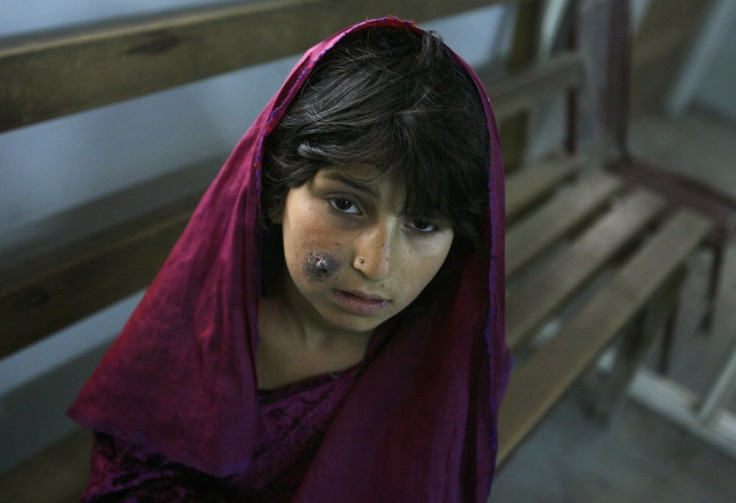Middle East flesh-eating disease could already be in Europe

The deadly skin ailment caused by flesh-eating parasites that could wipe out the Islamic State could already be in Europe. The possible carriers of the disease are migrants who fled the Middle East.
In the 12-year period 2000 through 2012, Lebanon had only six reported cases of cutaneous leishmaniasis caused by bites from infected sand flies. However, in 2013, the number had jumped to 1,033. The Lebanese Ministry of Health claims 96 percent of the cases were among displaced Syrians, reports News.com.au.
The spread of the disease is attributed to the squalid conditions created by the war in the Middle East. The Kurdish Red Crescent blames the disease on decaying bodies dumped by Islamic State (IS) fighters on the streets, but researchers at the School of Tropical Medicine belie the claim.
Those afflicted by the disease have open sores on the skin, nose bleeds and find it difficult to breathe and swallow. If their conditions worsen -- abated by insufficient medical facilities and physicians, and water shortages – it could lead to debilitating conditions as the parasite eats away the mucous membranes of the patient’s nose, mouth and throat.
It used to afflict only regions in Syria controlled by the IS, such as Raqqa, Dei al-Zour and Hasakah, but the parasite has spread across Middle East. There are hundreds of people in Turkey, Jordan and Yemen afflicted by the disease and could possibly spread to Saudi Arabia.
Health experts says the flesh-eating parasite may have already reached Europe, borne by refugees staying in temporary camps where dwellers are more susceptible to the diseases because of overcrowding, poor hygiene standards and insufficient medical facilities.
The sand fly, the carrier of the parasite, is smaller than a mosquito. It takes between two to six months for the bite to develop into an infection, says Dr Waleed Al-Salem, of the Liverpool School of Tropical Medicine. Peter Hotez, dean of the US National School of Tropical Medicine, suggests ring-fencing the patients or risk having a situation similar to 2014’s spread of the Ebola in conflict zones in West Africa.
The World Health Organisation estimates yearly there are about 900,000 to 1.3 million newly diagnosed cases yearly, while about 20,000 to 30,000 died of the disease yearly.




















